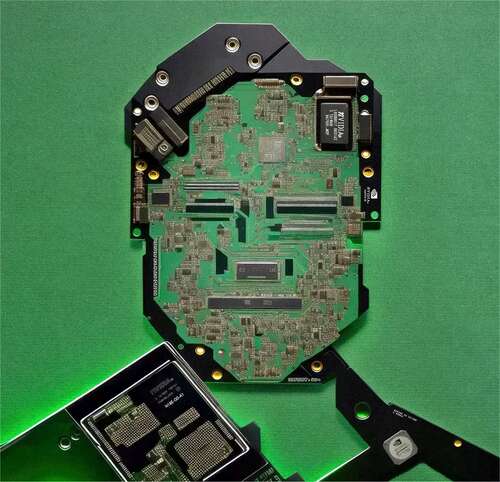Why it matters: Nvidia has been making the most of the global AI boom but evidence continues to mount that suggests the wild ride may be slowing down. Earlier this month, analysts with UBS told its investors that lead times for Nvidia GPUs used in AI applications had narrowed to 3-4 months after approaching 11 months last year. A recent report from The Information seems to corroborate the data, claiming that some Nvidia customers now find themselves sitting on excess hardware.
The publication additionally notes that some H100 GPU owners are reselling their hardware or reducing orders, opting instead to rent processing capacity from cloud service providers like Amazon, Google, or Microsoft. Late last year, Amazon rolled out shorter-term GPU rentals for clients that only need AI processing for a single job.
Storing hardware is also costly, especially if it isn’t being put to use. Rather than sit on it and wait around for it to become obsolete, it seems some would rather resell the hardware.
Lower lead times and better chip availability are only part of the equation, and don’t necessarily mean Nvidia’s AI-fueled revenue boom is suddenly about to come to an end. Earlier this year, Meta boss Mark Zuckerberg said this company plans to acquire around 350,000 H100 chips by the end of 2024 – great news for Nvidia and its investors.

Countless other companies are also in need of AI hardware for training LLMs – either directly through outright purchases or indirectly via cloud rentals – which has allowed Nvidia and rival chipmakers to maintain consistent pricing.
Last week, Nvidia reported stellar Q4 earnings of $22.1 billion that smashed Wall Street expectations. The haul represented an increase of 22 percent quarter over quarter and a whopping 265 percent increase compared to the same quarter a year earlier.
As of writing, Nvidia shares are trading at $790 as the company approaches a $2 trillion market cap. CEO Jensen Huang, meanwhile, is no doubt enjoying his place among the top 25 richest people in the world with a net worth of nearly $70 billion.
Image credit: Javier Jaen

